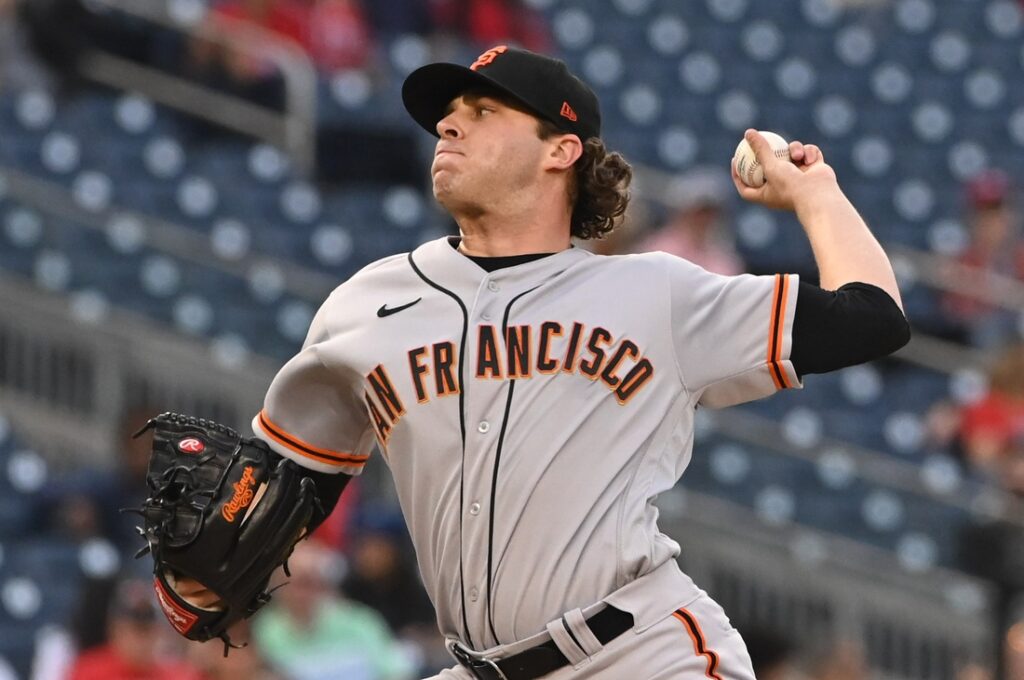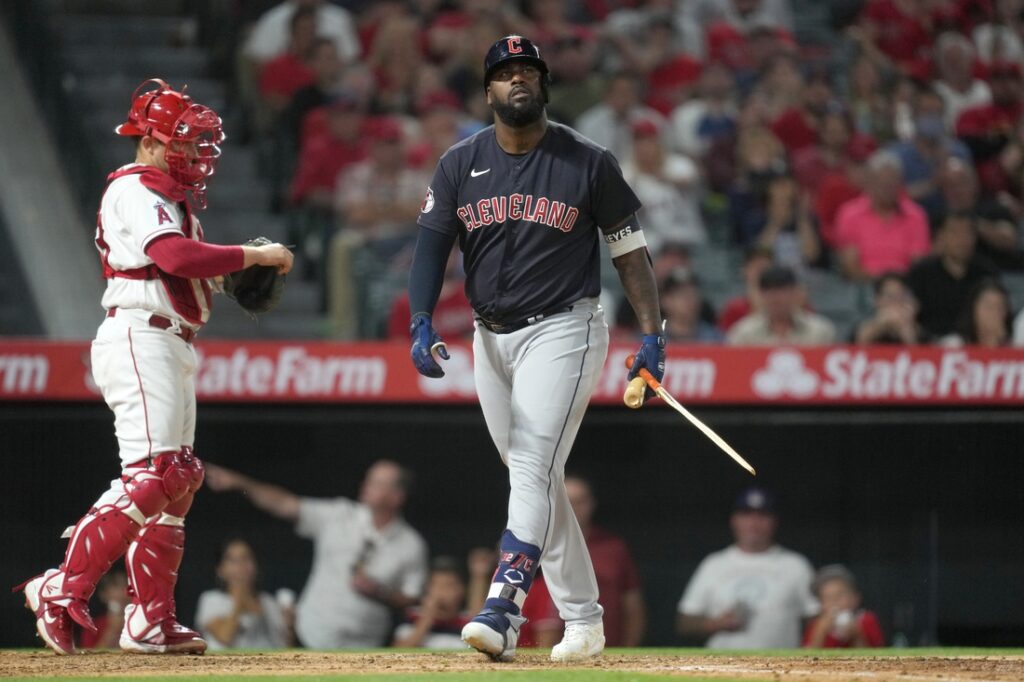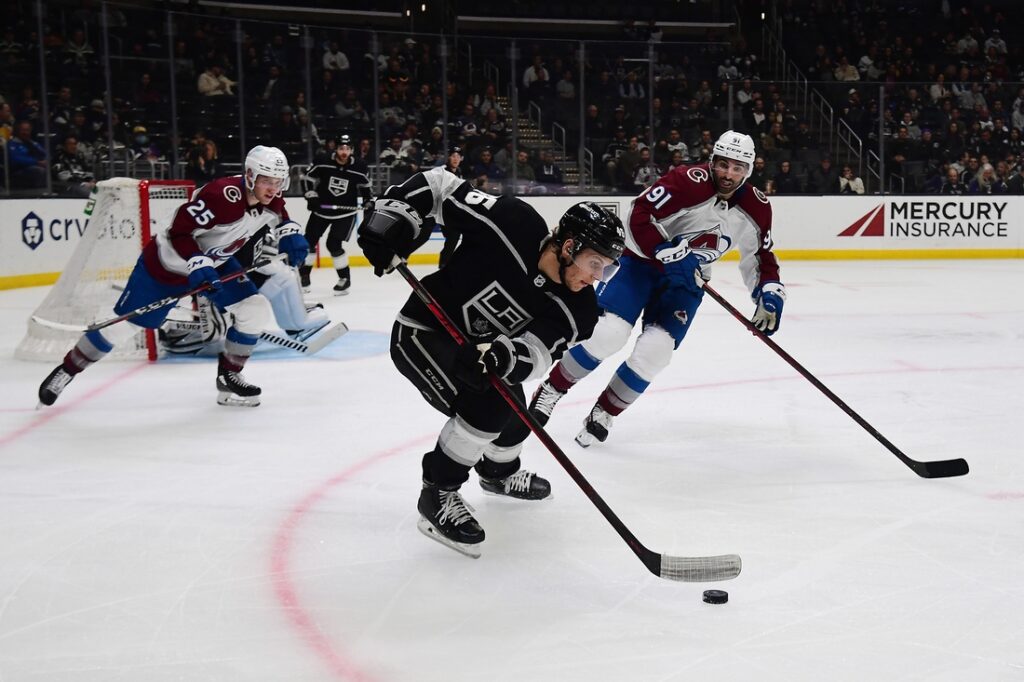Bill Belichick will be enshrined in Canton one day, but one of his defensive game plans — for the New York Giants against the Buffalo Bills in Super Bowl XXV — is famously already there.
Eleven years after containing the Bills’ K-Gun attack, Belichick crafted another game plan that became part of Super Bowl lore, mashing Marshall Faulk at every available chance as the New England Patriots kick-started a dynasty by beating the then-St. Louis Rams in Super Bowl XXXVI.
Sunday’s plan against Andy Reid’s Kansas City Chiefs might not earn that legacy — and with a different bounce or two, it wouldn’t have been enough — but it managed to flummox the best offense in football for three quarters, a tremendous feat.
Belichick’s intentions were clearly defined from the outset.

The Patriots planned a ball-control offensive approach to bleed time and keep the ball out of Patrick Mahomes’ hands. That couldn’t have gone better, as Mahomes didn’t touch the ball until the 6:50 mark of the first quarter and had just three possessions before halftime (besides one snap 21 seconds before the break). The Chiefs finished with just 47 plays, exactly half of the Pats’ total.
Next, Belichick sought to stop Tyreek Hill at all costs, even at the expense of doubling Travis Kelce.
New England played almost all man coverage — emphasizing physicality without worrying about drawing a flag or two — mostly out of dime personnel, with four cornerbacks and two safeties instead of their usual three of each. Top corner Stephon Gilmore took Sammy Watkins, while impressive rookie corner J.C. Jackson matched Kelce (until Gilmore and Jackson swapped assignments late), with Jason McCourty on the Chiefs’ third receiver. The fourth corner — Jonathan Jones and Keion Crossen alternated, perhaps to stay fresh against the speedster — tracked Hill underneath while free safety Devin McCourty bracketed him over the top, essentially leaving Cover-0 everywhere else.
With more two-high safety looks, the Patriots could have doubled Kelce and/or Watkins selectively, but that didn’t fit Belichick’s plan up front. He found it more important to use four- and (mostly) five-man rushes with a slew of blitzers, stunts and twists to flush Mahomes with one rusher into the arms of another.
New England incorporated edge rushers, inside linebackers and safety Patrick Chung (while one such player covered the running back), stunting them relentlessly to break down the Chiefs’ normally trustworthy protection. When only four rushed, the fifth was a lurker/spy, taking away inside routes and chasing down Mahomes if he fled the pocket. These designs shined early, producing four sacks for 46 yards lost.
Altogether, the plan was starkly different from the teams’ Week 6 meeting. Belichick used plenty of stunts and twists in that game, but not to the degree he did Sunday. Meanwhile, the coverage plan was completely overhauled. After keying heavily on Kelce — often doubling after a third defender jammed him at the line — in Foxborough, Belichick sold out to stop Hill at Arrowhead, ditching zone coverage almost entirely to do so. Hill managed one 42-yard catch, a far cry from his Week 6 output (seven catches, 142 yards, three scores). Kelce beat Jackson for a 12-yard touchdown and a 13-yard pass-interference call but finished with just three catches for 23 yards.
One of the few common threads between the plans was the use of Cover-0 double lurk — which we detailed in Thursday’s preview — though the Patriots called it only twice all game. The first was undermined by Mahomes’ sidearm throw (while getting crushed by Adrian Clayborn), converting a third-and-3 late in the third. The second forced a deep incompletion to Hill as Devin McCourty hit Mahomes on third-and-8 midway through the fourth.
As effective as Belichick’s strategy was, it couldn’t pin Mahomes down forever. The gunslinger escaped and hit Watkins for 54 yards off-schedule to set up the first touchdown. Starting late in the third, Mahomes was finally able to beat man coverage, with the help of a few pick plays from Reid.
Reid actually had several terrific designs, but many fell by the wayside amid the offense’s struggles. Hill’s 42-yarder was catered perfectly to beating double coverage, as the slow-developing post-corner forced McCourty to turn his hips the wrong way before Hill broke out. On the next snap, Reid called one of the Patriots’ favorite plays, a wheel route with legal offensive pass interference (within 1 yard of the line of scrimmage) by the tight end. Williams came wide open, only for Mahomes to air-mail a would-be 23-yard touchdown.
Reid featured Williams in several other ways. Late in the third, he used star motion to send Williams on a wheel up the sideline as Hill picked man-coverage mark Kyle Van Noy, creating a 33-yard gain. One play later, Williams zipped by Dont’a Hightower on a corner route from the backfield — a very uncommon route — but Mahomes overthrew him again. (The Chiefs scored two plays later.)
Williams’ 23-yard TD was also genius from Reid, a screen off outside-zone play-action that perfectly complemented a first-quarter design. In the first, Mahomes hit Kelce as he leaked out opposite the zone run fake; the second time around, Reid used Kelce’s route as misdirection to free Williams on the screen.
As we wondered in Thursday’s preview, Reid even broke out the halfback seam, a concept he used in Foxborough in the 2017 season opener (for Kareem Hunt’s 78-yard TD) and in Week 6 (Mahomes missed Hunt for a wide-open 26-yard TD). Late in the third, Reid sent Williams from the backfield up the left seam, where he ran away from John Simon as McCourty shaded heavily to Hill’s route out wide. But pressure intervened, as Van Noy blitzed around the edge (helped by a crafty hold from Malcom Brown) and forced Mahomes to move and run for 9 yards. Reid called another variant of the concept midway through the fourth, but the Patriots happened to be in a rare Cover-2 zone, and Elandon Roberts read the play and broke it up.
One of Chiefs’ biggest missed opportunities — pressure ruined HB seam to Damien Williams. Same concept as Kareem Hunt’s 78-yd TD in Week 1 2017 at NE.
Williams blows by Simon, McCourty shades to Hill out wide. Van Noy (stunting around Brown’s crafty hold) disrupts just in time pic.twitter.com/0atCcl2tGg
— David DeChant (@DavidDeChant) January 21, 2019
What will haunt K.C. most — besides Dee Ford lining up offsides on the would-be game-clinching interception — are the designs that worked but weren’t executed. The missed throw on Williams’ wheel route cost the Chiefs seven points (not just four) after a sack put them out of field-goal range. If Mahomes had time, the first HB seam might have been a 75-yard TD.
But Belichick’s plan was critical in shrinking the Chiefs’ margin for error.
Pressure from stunts and twists were responsible for K.C.’s biggest missed opportunities. Two men on Hill and a cornerback on Kelce limited the Chiefs’ best weapons to four total touches for 65 yards. And of course, the offense’s control of possession (43:59 of the game’s 64:52) limited Mahomes & Co. just 47 plays.
The Patriots needed every bit of those edges to survive, a credit to the coach who finds his team more tiny advantages than perhaps any coach in NFL history.
Resourceful Rams’ offense found a way

Sean McVay’s staple offensive concepts weren’t working.
The New Orleans Saints’ defense gobbled up the Rams’ bread and butter for most of Sunday’s NFC Championship Game, forcing L.A. to find success in less familiar ways. Had a certain flag been thrown on the other side of the ball, it wouldn’t have been enough, but given a break, the Rams’ offense took advantage by doing just enough to reach Super Bowl LIII.
For all of its brilliance, McVay’s scheme isn’t especially complicated. It’s built on a zone running game — which operates almost entirely from under center — and heavy downfield play-action off of those runs, all while using the same personnel on almost every snap.
For whatever reason, McVay changed up personnel Sunday more than he has almost all year, using two tight ends (instead of three wide receivers) on 17 snaps and favoring C.J. Anderson over Todd Gurley.
Gurley’s shrunken role was particularly shocking, as he received just four carries despite two of them going for 6 yards (and one for a touchdown). McVay suggested afterward he preferred Anderson’s grinding style, but Gurley is certainly capable of getting tough yards. Some have theorized McVay used Anderson to run inside instead Gurley’s preferred perimeter runs, but the Rams still ran plenty of outside zone with Anderson.
dRegardless, neither back was particularly successful. The Saints’ front seven squashed the run game by ignoring the bells
and whistles (i.e. jet-sweep action), olding the pair to 54 yards on 20 carries (2.7 average).
Meanwhile, trusting that the run could be stopped without safety help, New Orleans employed a steady diet of zones — mostly Cover-2, sometimes with late rotations to get there — that diligently keyed on downfield routes. The deeper play-action concepts that the Rams feasted on in the teams’ Week 9 meeting simply weren’t there. Jared Goff routinely turned around from his play-fake and scanned the field to find no open targets, forcing him to hold the ball, check it down or throw it away.
Many of these plays were hopeless — one turned into the Saints’ only sack — but Goff scratched out a profit. Early on, he took what was available in the flat, throwing for pickups of 7, 6 and 4 yards and scrambling for 7 — modest but useful gains, considering L.A. had done little besides Johnny Hekker’s fake punt.
After halftime, the Rams adapted and attacked the flat off play-action by design, knowing they had to eat around the edges as the Saints’ zones keyed on deeper routes. Late in the third quarter, McVay sprung Brandin Cooks for 25 yards by having him cross the formation behind the line after the snap (called a “hide boot”), creating an easy dump-off and room to run after Robert Woods cleared out coverage. L.A. capped that drive with a play-action flat route to Tyler Higbee for a 1-yard touchdown. Then, twice in a three-play span in overtime, the Rams ran bootlegs with Higbee releasing into the flat. Goff found him despite getting clobbered on both, producing gains of 12 and 6 yards to get Greg Zuerlein in range for the game-winner.
Perhaps more impressive was how resourceful Goff was on straight dropbacks, an area in which he struggled mightily late in the year. After missing (with vision or accuracy) a few open targets on early third downs, Goff began attacking voids in zones with precision, moving the ball despite a few drops.
During a two-minute touchdown drive to cap the first half, he delivered back-to-back dimes to Cooks for 17 yards (on a deep curl in a zone void) and 36 yards (on a slot fade against man coverage).
25 completions.
297 yards.
A TD.
And a @RamsNFL trip to #SBLIII.@JaredGoff16‘s BEST throws from the NFC Championship Game! #LARams pic.twitter.com/0BzNAYGJOp— NFL (@NFL) January 21, 2019
With everyone blanketed initially on third-and-3 early in the fourth, Goff bought time to his right and roped a throw to Gerald Everett, who came open late and collected 21 yards after the catch to gain 39. That kick-started a game-tying 85-yard drive.
Goff was sharp again when forced to throw in the final two minutes of regulation with the Rams down three. On eight straight dropbacks without play-action, he connected on five passes for 45 yards (despite a drop), including a laser 19-yarder to Josh Reynolds. Despite the deafening crowd, Goff orchestrated protections effectively during both two-minute drills, as the Rams were sharp picking up several Saints blitzes.
Of course, McVay did his part, too. With the run game struggling, he called a rare reverse — playing off jet-sweep tendencies by sending jet motion one way and the reverse the other — in the third quarter. The design, which kept offensive linemen blocking play-side and got Higbee out front as a lead blocker, was terrific, and Reynolds picked up 16.
McVay also sprung Reynolds on the only play-action deep shot that worked all game, a design that was simply too tricky for the Saints to cover. After New Orleans blanketed a throwback concept midway through the second, McVay called a similar play midway through the fourth. This time, McVay had Woods run a jet sweep to the left, flaring out to occupy the flat defender (safety Vonn Bell), while Cooks released vertically and broke inside on a dig to remove Marshon Lattimore’s coverage. Reynolds ran and out-and-up into Lattimore’s Cover-3 void, and with Bell eyeing Woods, only linebacker Demario Davis could cover Reynolds. The result was a 33-yard gain, which would have been a 40-yard TD with a better throw.
Saints took away deep routes and stifled almost all of Sean McVay’s downfield play-action designs. This beauty was the only one that worked.
Woods’ jet sweep draws Bell in flat, Cooks’ dig removes Lattimore (deep 1/3 in Cover-3). Only LB Davis left to handle Reynolds’ out and up pic.twitter.com/GPCI60O33K
— David DeChant (@DavidDeChant) January 21, 2019
The sledding was tough, and the Saints made the Rams earn every inch. But L.A. ultimately managed just enough to earn a Super Bowl trip, despite a horrid start (including an interception deep in its own end), a career-worst outing for Gurley and the core of McVay’s offense getting stymied.
Perhaps it was good practice, considering Belichick is known for taking away what his opponent does best.
–David DeChant (@DavidDeChant), Field Level Media






























